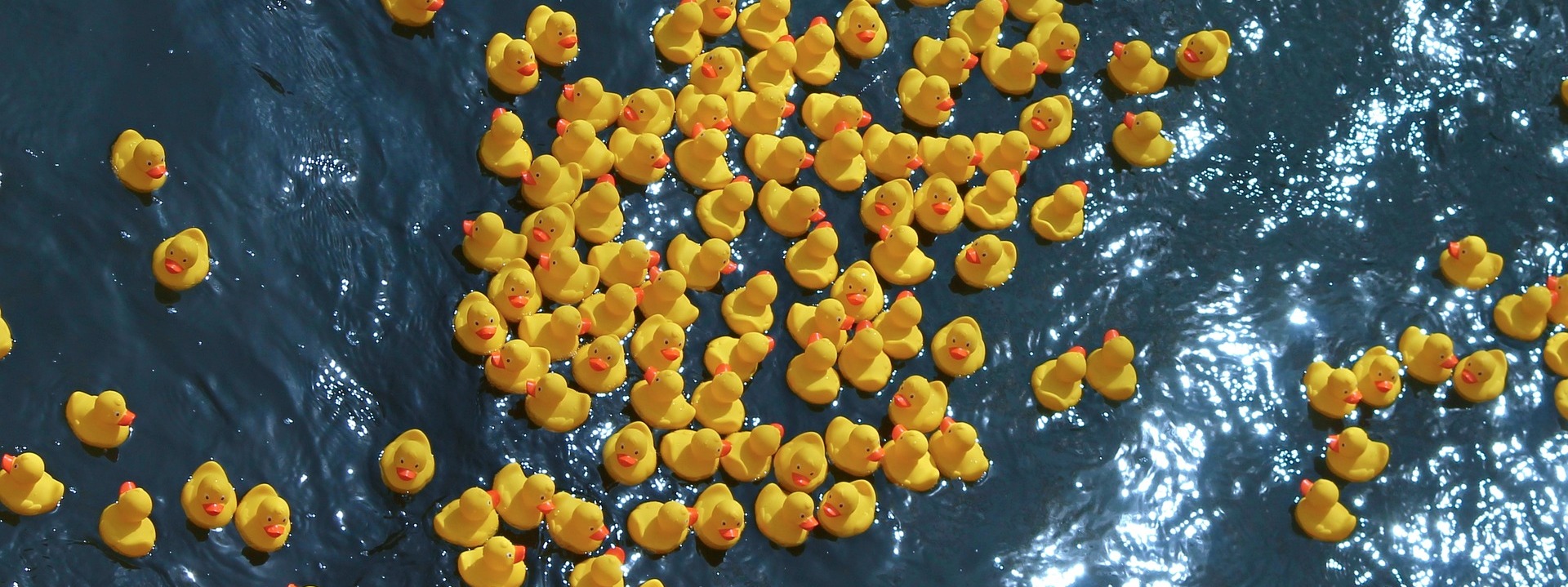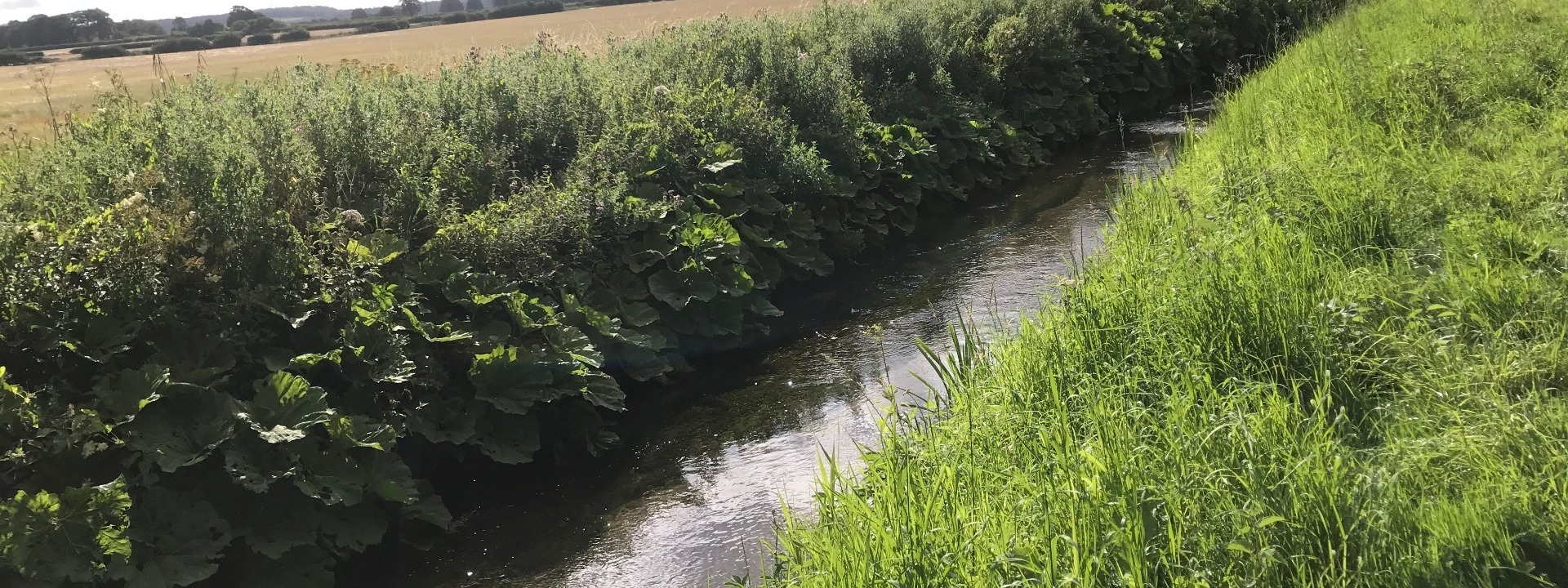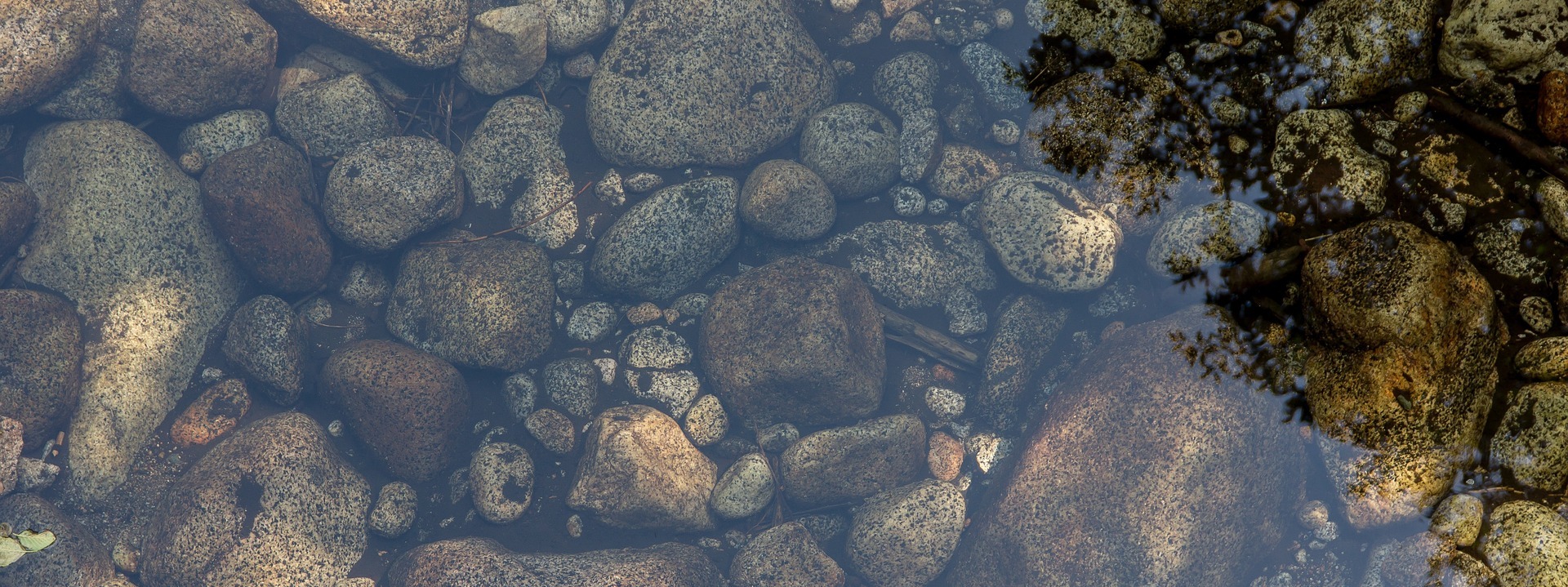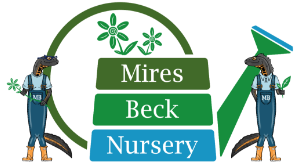The Beck
Posted on 12th August 2020 at 13:09
The Beck
History
This small chalk-fed stream rises in Newbald and flows south towards Ellerker before joining the Humber at Brough. Our mire and beck flows past Mires Beck Nursery and is closely managed by the East Yorkshire Rivers Trust. The Chalk Wolds of East Yorkshire are an important source of highly prized spring fed rivers and streams. These watercourses make up a river system that forms the most northerly chalk rivers in Europe. The East Yorkshire chalk rivers are important for wildlife including the rare Otter and Water Vole. The chalk rivers are under increasing threat from water abstraction, land drainage, agricultural run-off, flood defences and urban development.

Activities
Our events are currently on hold due to the Coronavirus pandemic. We are hoping to resume our events on the beck once it is safe to do so.
Some of the activities that Mires Beck Nursery do are:
Making rafts out of natural materials on site in different teams and then racing them down the beck to see which teams raft is the fastest.
Conservation work at the bank
Seed gathering
During events week there will be some games played
During the summer we host events that the public can come and get involved in such as duck racing

Wildflowers that grow around our beck
Some of the wildflowers that are grown around the Mires Beck are:
genus Scrophularia - Figwort
genus Carex - Carex Pendula
Caltha palustris - Marsh Marigold
genus Arctium - Bird Ox
Filipendula ulmaria - Meadowsweet
Myosotis scorpioides - Water Forget-me-not
Lotus pedunculatus - Greater Birdsfoot Trefoil
Tanacetum vulgare - Tansy
Hypericum perforatum - St John's-wort

Conservation
While there are no species which are endemic to chalk streams, these rivers provide optimal habitat for a number of England’s iconic and indicator species. In their healthy state, chalk stream flows are:
Clean – excellent for trout and salmon;
Alkaline and high in calcium carbonate – excellent for invertebrates;
Cool and well oxygenated – excellent for fish fry;
Consistently strong – excellent for macrophytes such as water crowfoot
The aquatic plants are the ‘hedgerows’ of the river, providing the in-stream habitat on which everything else depends. The fish fry and invertebrates are excellent food sources for insects and birds, mammals and amphibians. The chalk also acts as a buffer against floods and droughts, which means that they provide good refuge for flow vulnerable species such as water vole.

Share this post:

